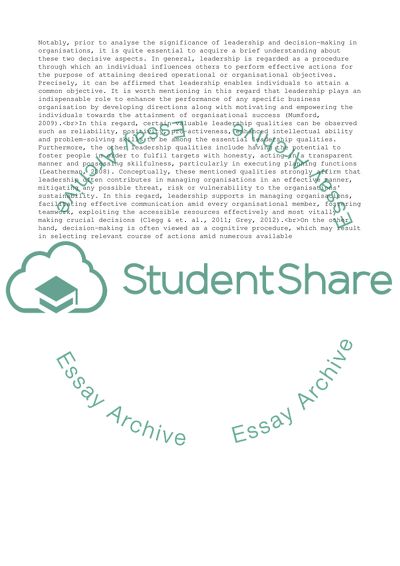Cite this document
(Leadership and decision making in organizations Assignment - 1, n.d.)
Leadership and decision making in organizations Assignment - 1. https://studentshare.org/management/1803872-leadership-and-decision-making-in-organizations
Leadership and decision making in organizations Assignment - 1. https://studentshare.org/management/1803872-leadership-and-decision-making-in-organizations
(Leadership and Decision Making in Organizations Assignment - 1)
Leadership and Decision Making in Organizations Assignment - 1. https://studentshare.org/management/1803872-leadership-and-decision-making-in-organizations.
Leadership and Decision Making in Organizations Assignment - 1. https://studentshare.org/management/1803872-leadership-and-decision-making-in-organizations.
“Leadership and Decision Making in Organizations Assignment - 1”. https://studentshare.org/management/1803872-leadership-and-decision-making-in-organizations.


